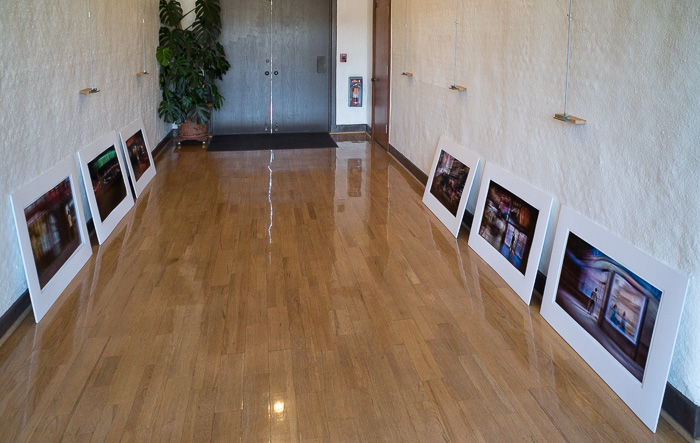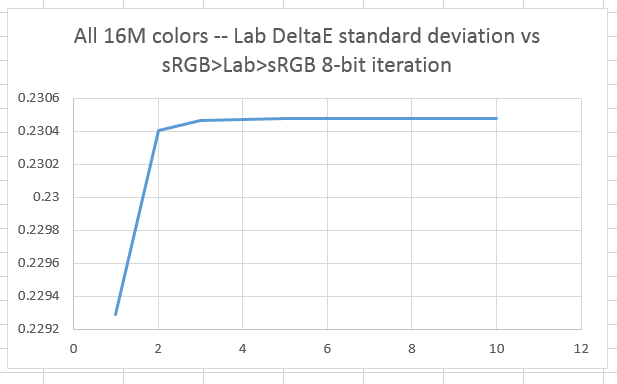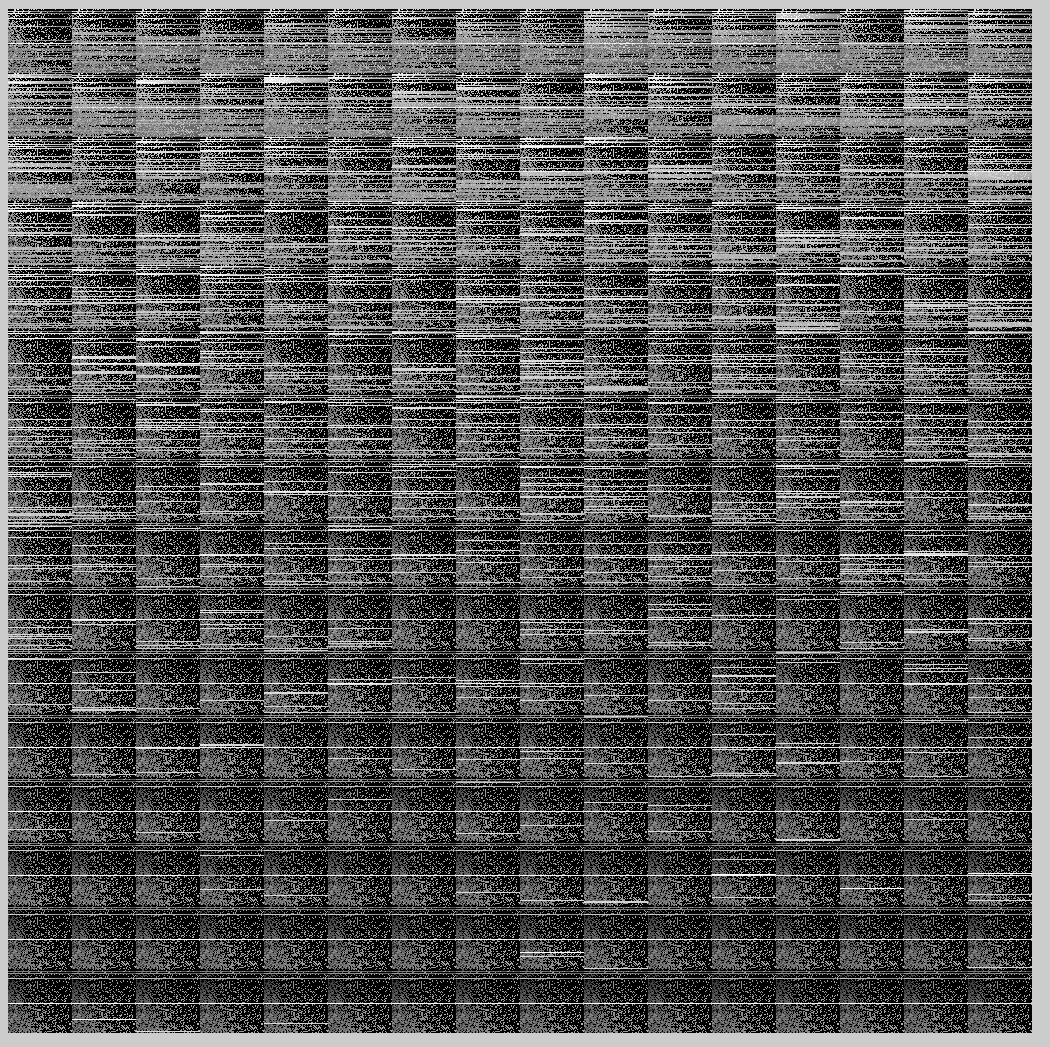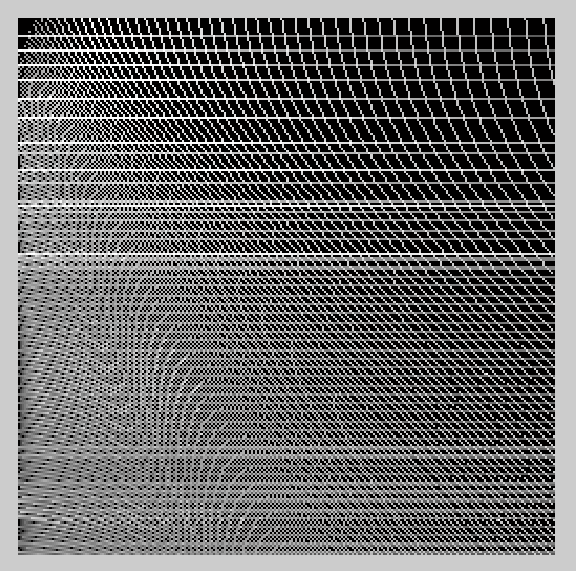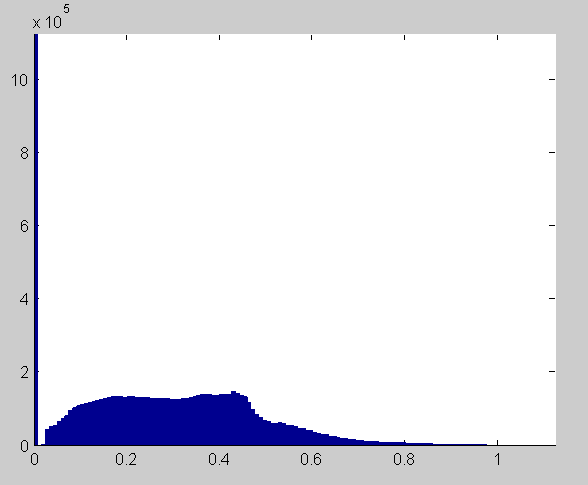As if all this color space conversion stuff weren’t enough, I’ve got a piece of a show opening tomorrow, under the aegis of the Carmel International Film Festival, and thanks to Officino Uno. It’s the Staccato series. We hung work today. Turns out we weren’t done. The curator decided she only had room for 6… [Read More]
8 bit color space conversion errors: sRGB to/from Lab
In the old 8-bit world, Lab had a bad reputation for causing posterization when photographers invoked even moderate editing moves. I thought I’d check out conversion errors from sRGB to Lab and back, with double-precision color space calculations, and quantizing to 8 bits per color plane after every conversion. I used this target image, which… [Read More]
15 bit color space conversion errors
In the previous post, I reported on the location of the worst errors that resulted from taking this 8-bit sRGB image: and converting it to Adobe (1998) RGB and back many times, using double precision floating point precision for the intermediate calculations, and quantizing the result to 8 bit per color plane unsigned integers after… [Read More]
8 bit color space conversion error locations
Yesterday I reported on the color errors generated when 8, 15, and 16 bit-per-color-plane images were converted from sRGB to Sdobe (1998) RGB and back many times, with color conversion calculations performed in double precision floating point, and quantizing to the original precision after every conversion. We found that 8 bit precision produced worst case… [Read More]
Benchmark color space conversion accuracy vs bit depth
I took the 256 megapixel, 16-bit per color plane image filled with uniformly-distributed random colors that I used for the previous post, and performed iterative color space conversions in Matlab from sRGB to Adode (1998) RGB and back, measuring the errors in CIELab Delta E after each round trip. Because the image was so large,… [Read More]
- « Previous Page
- 1
- …
- 391
- 392
- 393
- 394
- 395
- …
- 577
- Next Page »
